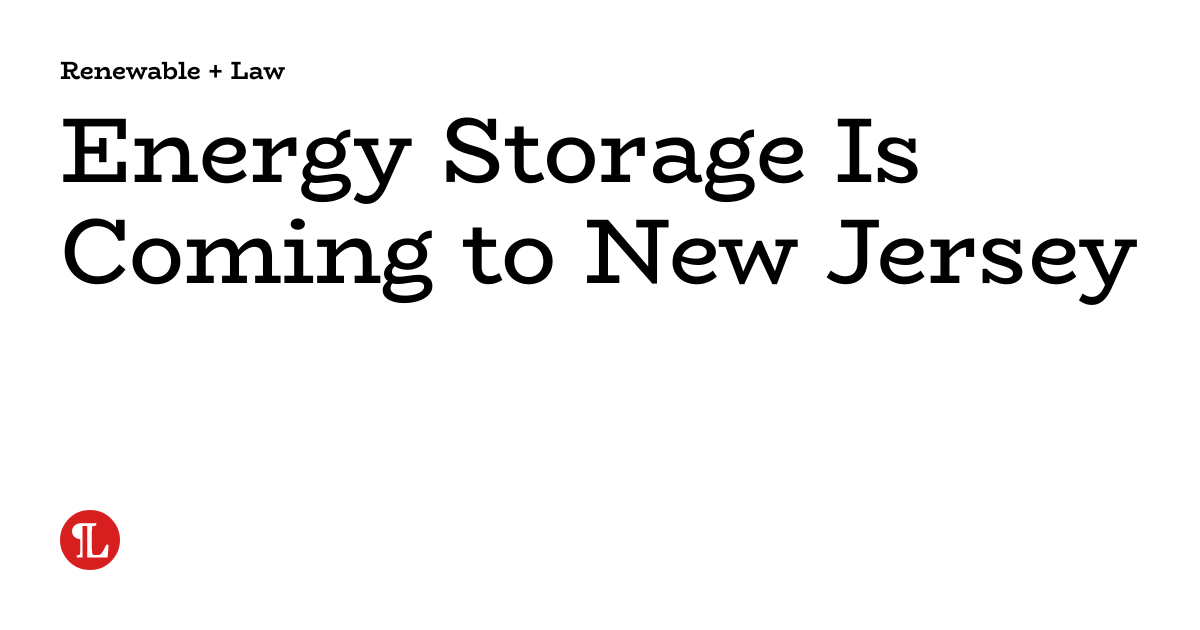Sustainable building design means creating buildings that are good for the environment and using resources wisely. These buildings are designed to use less energy and water, reduce waste, and minimize natural harm.
Sustainable buildings also aim to be healthier for the people who live or work in them by using safe and environmentally friendly materials. They often use renewable energy, like solar power, and are built to last a long time with minimal environmental impact.
The goal is to create structures that have a smaller impact on the environment and promote healthier living spaces for people. This means thinking carefully about how buildings are made, how they function, and how they affect their surroundings over time.
Here are some primary factors that come with sustainable building design:
Energy Efficiency: Sustainable buildings use less energy by incorporating better insulation, energy-efficient windows, and systems that control heating, cooling, and lighting. They also typically rely on renewable energy sources like solar panels or wind power.
Water Conservation: These buildings are designed to use water wisely, with low-flow taps, rainwater collection systems, and efficient landscaping irrigation.
Environmentally Friendly Materials: Sustainable buildings use non-toxic, recyclable materials with a low environmental impact. These materials can include recycled materials or those sourced from sustainable forests.
Waste Reduction: Sustainable buildings aim to minimize waste during construction by using materials efficiently and recycling leftovers. Once built, they are designed to reduce ongoing waste by incorporating recycling systems and composting options.
Healthy Living Environment: Sustainable design also focuses on creating a healthier indoor environment by improving air quality, using natural light, and avoiding materials that emit harmful chemicals.
Long-Term Durability: These buildings are made to last, requiring less maintenance and repairs over time, reducing their environmental impact.
Overall, sustainable building design involves smart choices that benefit people and the planet. It ensures that the building is eco-friendly, energy-efficient, and comfortable to live or work in.








Leave a Reply